-
‘Publish or perish’ culture blamed for reproducibility crisis
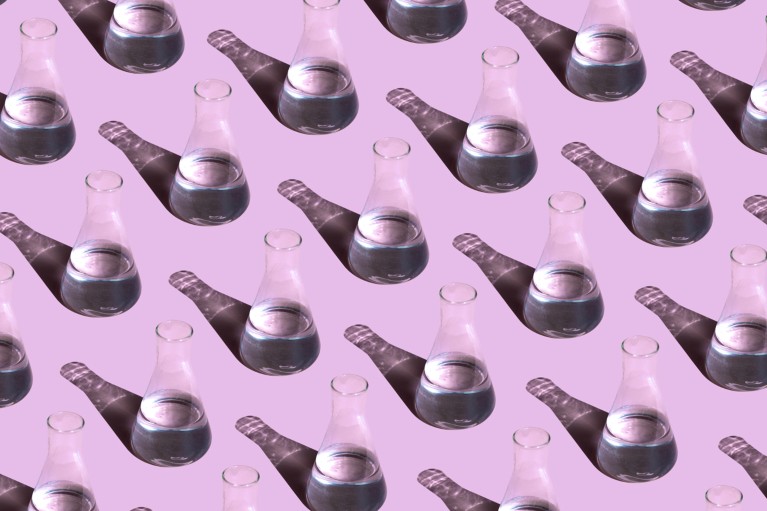
Credit: Getty Nearly three-quarters of biomedical researchers think there is a reproducibility crisis in science, according to a survey published in November. The leading cause cited for that crisis was “pressure to publish”. The study, reported in PLoS Biology1, surveyed the authors of articles that were published in the year from 1 October 2020 in…
-
Obesity drugs: huge study identifies new health risks

Ozempic and other GLP-1 drugs have a range of side effects and benefits that researchers are analysing.Credit: Steve Christo/Corbis via Getty Blockbuster obesity drugs such as Ozempic have been celebrated for their ability to treat weight loss and a surprising range of other conditions, from heart problems to Parkinson’s disease. Now, an analysis of data…
-
Cascaded metalenses boost applications in near-eye display

Abstract Recent advancements show the potential of cascaded metalenses in near-eye display applications, achieving performance that rivals traditional eyepiece systems. By leveraging the human pupil as an aperture and taking into account practical factors such as eye relief, pupil size, and display dimensions, this approach suggests a bright future for the incorporation of meta-optics in…
-
Trust in scientists and their role in society across 68 countries
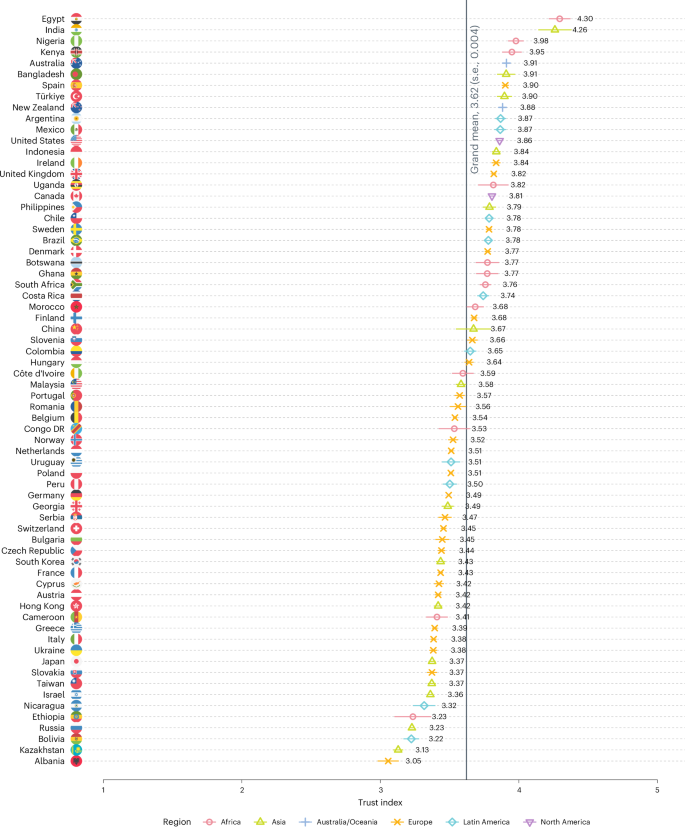
Abstract Science is crucial for evidence-based decision-making. Public trust in scientists can help decision makers act on the basis of the best available evidence, especially during crises. However, in recent years the epistemic authority of science has been challenged, causing concerns about low public trust in scientists. We interrogated these concerns with a preregistered 68-country…
-
Science on the go: bringing labs into the field
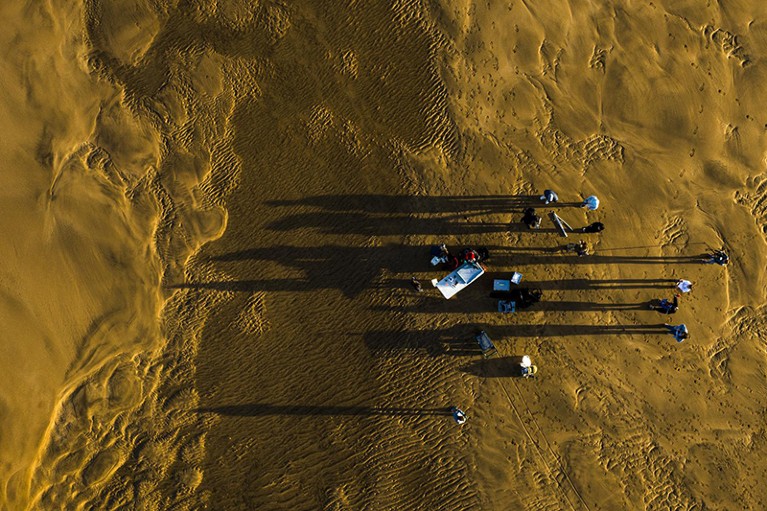
Aerial view of a site sampled by the TREC ecosystems project in Bilbao, Spain.Credit: Massimo del Prete/EMBL Throughout her career, Flora Vincent’s research has been limited by the quality of her research samples. Vincent, a marine microbiologist, studies the symbiosis between microorganisms. The samples she works on are typically collected in the Pacific and Atlantic…
-
‘February Festivities’ comes to Trailside Nature & Science Center
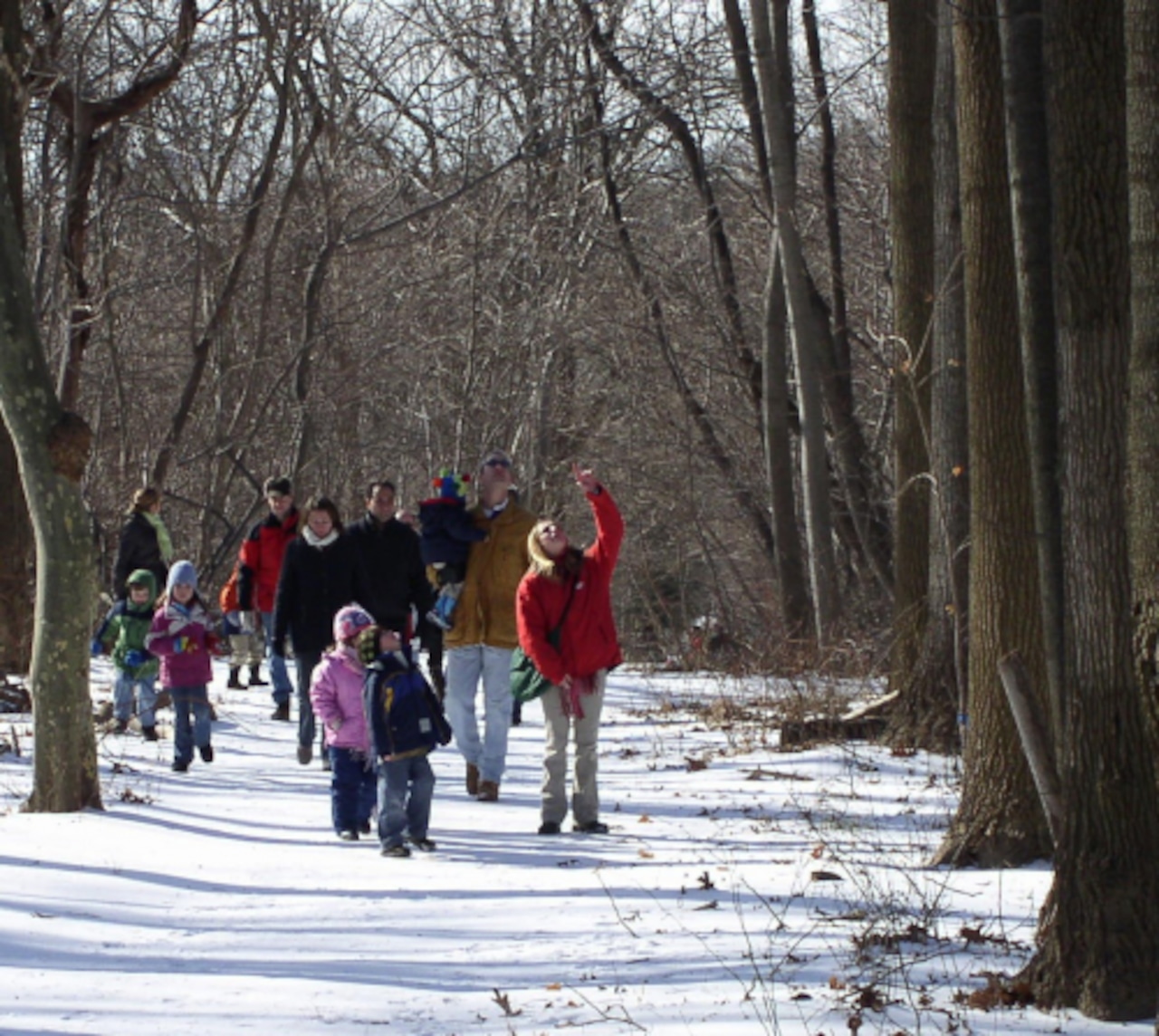
On Saturday, Feb. 15, the Union County Board of County Commissioners is hosting “February Festivities” at the Trailside Nature & Science Center in Mountainside. The event will start with “The Journey of Sap to Syrup” at 9:30 a.m. During this program, visitors will be shown how to collect sap and will take part in a…
-
2 AI breakthroughs unlock new potential for health and science

AI is already helping many of us with things we do every day. It’s also fueling breakthroughs in research that hold promise of reshaping things on a global scale, like the discovery of new materials and improving medical care. Two new research papers published this week in scientific journals, one in Nature and one in…
-
Memristors enabling probabilistic AI at the edge
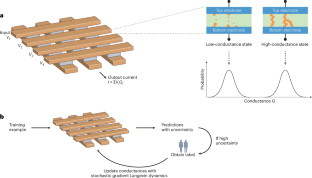
By combining several probabilistic AI algorithms, a recent study demonstrates experimentally that the inherent noise and variation in memristor nanodevices can be exploited as features for energy-efficient on-chip learning. This is a preview of subscription content, access via your institution Access options Access through your institution Change institution Buy or subscribe /* style specs start…
-
A quantitative analysis of knowledge-learning preferences in large language models in molecular science
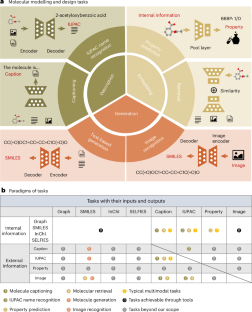
Abstract Deep learning has significantly advanced molecular modelling and design, enabling an efficient understanding and discovery of novel molecules. In particular, large language models introduce a fresh research paradigm to tackle scientific problems from a natural language processing perspective. Large language models significantly enhance our understanding and generation of molecules, often surpassing existing methods with…
-
Trump’s science advisers: how they could influence his second presidency
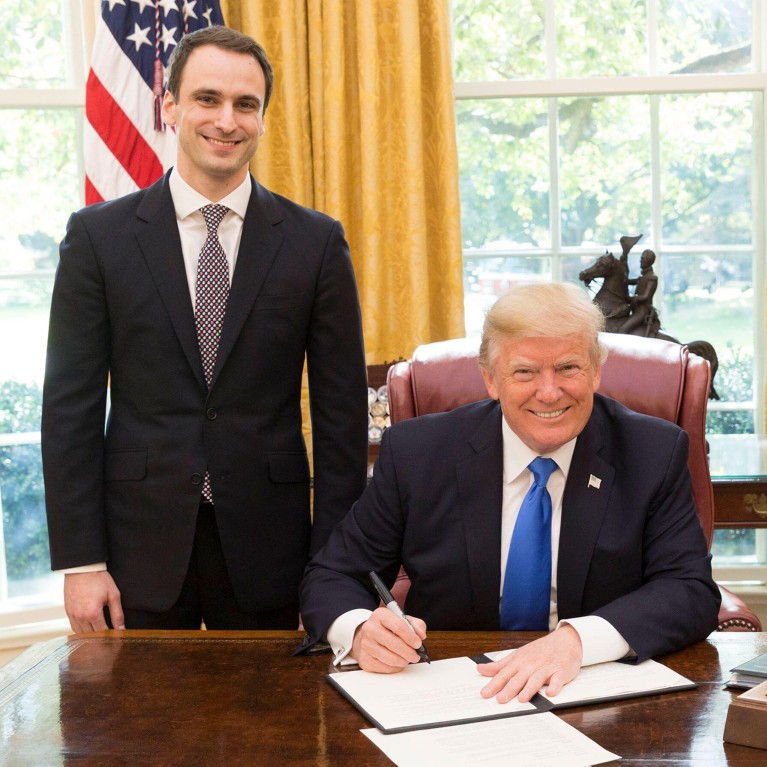
Michael Kratsios (left) was chief technology officer during the first US presidency of Donald Trump (right).Credit: PBH Images/Alamy For almost half of Donald Trump’s first US presidency, which ran from 2017 to 2021, he did not have an official science adviser. His second term is shaping up to be different. As he prepares to take…